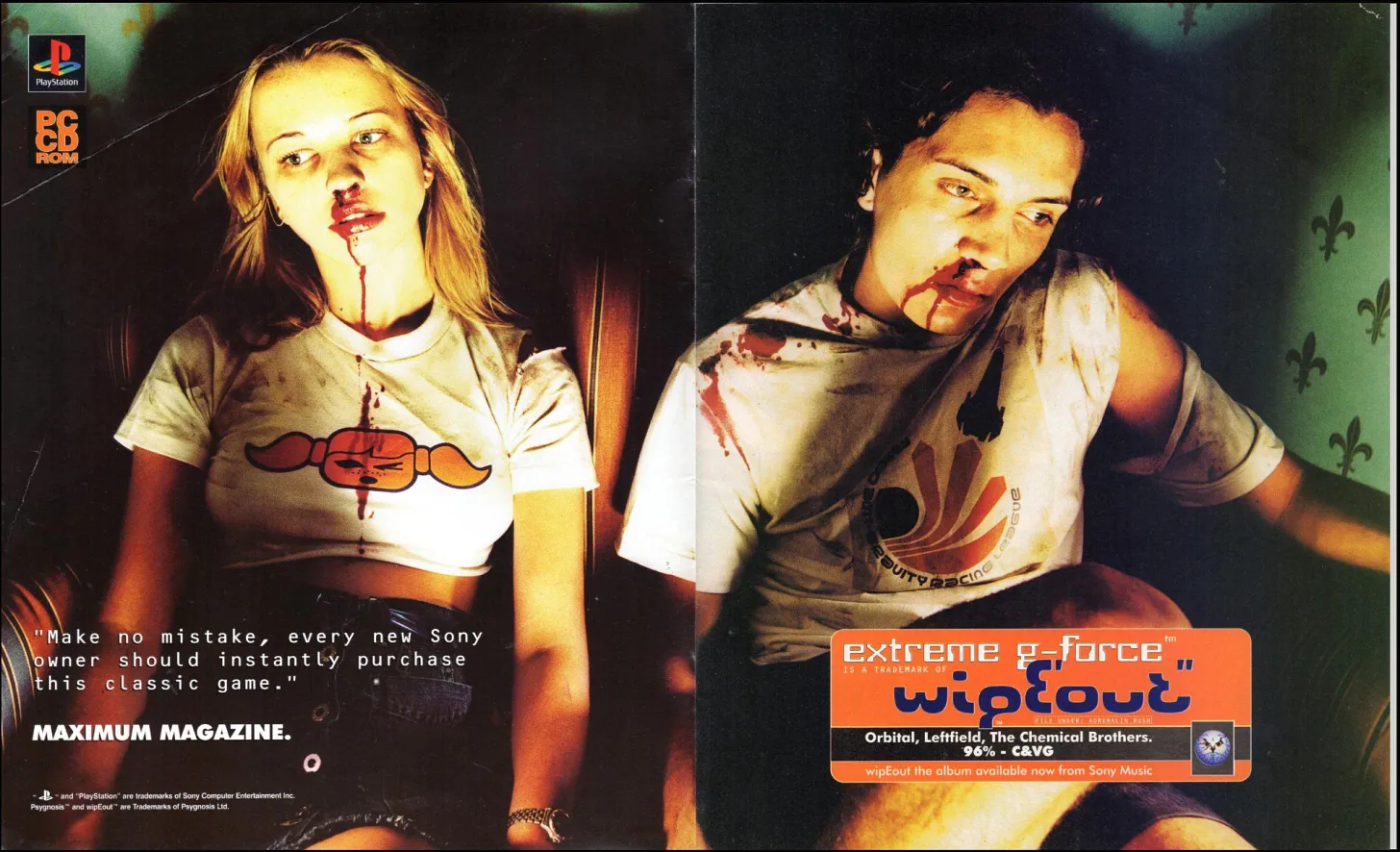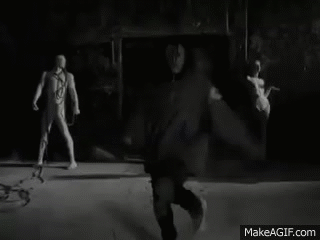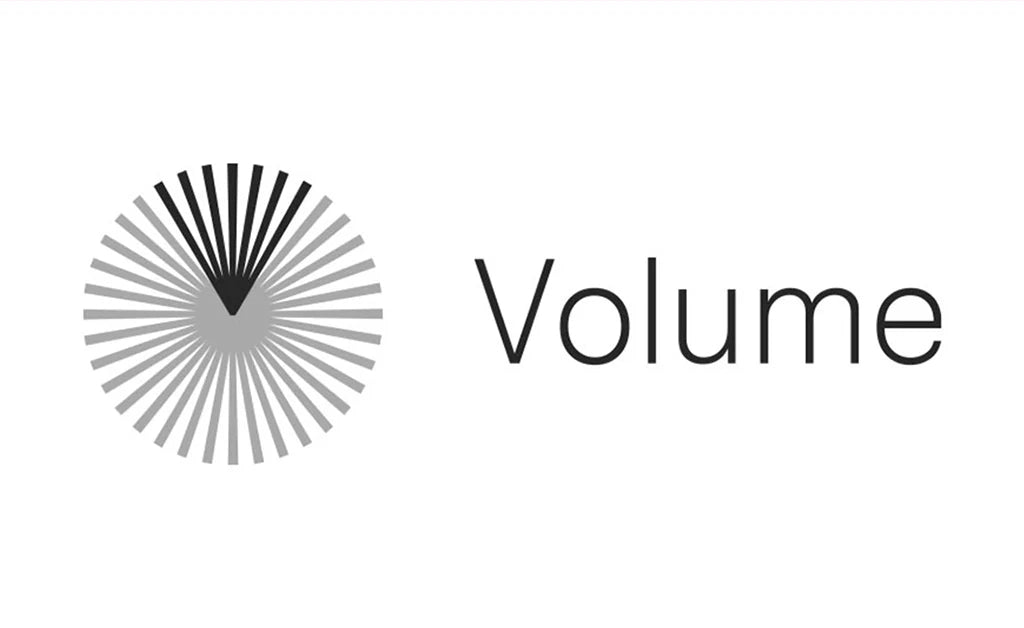RetroGamingUK
Member
Back in 1995 the state of gaming in the UK was beginning to feel a bit stale.
Nintendo were very much in the children's entertainment market in which they found success in the 80s and, while they skewed towards a teen audience, Sega were pretty much in the same camp.
Sony, who were not only looking to dominate the market, but take it mainstream knew that they'd have to capture a much bigger market.
Enter WipEout, developed by Psygnosis, a very much established UK studio, a game that very well may have ended up as simply a 3D version of F-Zero, instead became the catalyst for a gaming revolution.
While rock was still thriving in America, in the UK and Europe the rock scene had largely died out. Britpop (Oasis, Blur, Pulp) was very much a last hurrah for the ailing rock genre. For many teens and 20 somethings, the rave and club scene was dominant. In order to capture this market, Sony went all in on marketing with razor precision.
Design
The cool "Y2K aesthetic", the interface's futuristic font, these were no accident.
Sony brought the Designer's Republic on board. Designer's Republic who had produced cover art for artists like including Autechre, LFO and Aphex Twin brought with them an aesthetic that you'd typically find on nightclub billboards.
Sound
The Prodigy, Chemical Brothers, Orbital, Leftfield and Underworld were all huge in the mid 90s clubbing scene. Coupled with the emergence of CD-quality audio Sony used their huge record business to brilliant effect, perfectly capturing the culture of British youth
Marketing
While certainly not the reason for PlayStation's success in the 90s, no one can deny that Sony absolutely nailed this aspect in the UK and Europe. They deliberately targeted 20 year olds while Nintendo and Sega were still aiming their advertising at kids. Images of people seemingly overdosing on drugs (in a similar fashion to the anti-drugs adverts you'd find in magazines) was completely original and certainly drew attention.
Unauthentic advertising was later banned.
Product placement
So, finally, how do you get the product to the target audience? Nightclubs of course! Sony made deals with big nightclubs like London's Ministry of Sound and Liverpool's Cream to place PlayStation demo pods in "chill out" rooms and toilets while you queued for a piss. Needless to say this outside-the-box thinking worked wonders
Nintendo were very much in the children's entertainment market in which they found success in the 80s and, while they skewed towards a teen audience, Sega were pretty much in the same camp.
Sony, who were not only looking to dominate the market, but take it mainstream knew that they'd have to capture a much bigger market.
Enter WipEout, developed by Psygnosis, a very much established UK studio, a game that very well may have ended up as simply a 3D version of F-Zero, instead became the catalyst for a gaming revolution.
While rock was still thriving in America, in the UK and Europe the rock scene had largely died out. Britpop (Oasis, Blur, Pulp) was very much a last hurrah for the ailing rock genre. For many teens and 20 somethings, the rave and club scene was dominant. In order to capture this market, Sony went all in on marketing with razor precision.
Design
The cool "Y2K aesthetic", the interface's futuristic font, these were no accident.
Sony brought the Designer's Republic on board. Designer's Republic who had produced cover art for artists like including Autechre, LFO and Aphex Twin brought with them an aesthetic that you'd typically find on nightclub billboards.
Sound
The Prodigy, Chemical Brothers, Orbital, Leftfield and Underworld were all huge in the mid 90s clubbing scene. Coupled with the emergence of CD-quality audio Sony used their huge record business to brilliant effect, perfectly capturing the culture of British youth
Marketing
While certainly not the reason for PlayStation's success in the 90s, no one can deny that Sony absolutely nailed this aspect in the UK and Europe. They deliberately targeted 20 year olds while Nintendo and Sega were still aiming their advertising at kids. Images of people seemingly overdosing on drugs (in a similar fashion to the anti-drugs adverts you'd find in magazines) was completely original and certainly drew attention.
Unauthentic advertising was later banned.
Product placement
So, finally, how do you get the product to the target audience? Nightclubs of course! Sony made deals with big nightclubs like London's Ministry of Sound and Liverpool's Cream to place PlayStation demo pods in "chill out" rooms and toilets while you queued for a piss. Needless to say this outside-the-box thinking worked wonders
Last edited:








